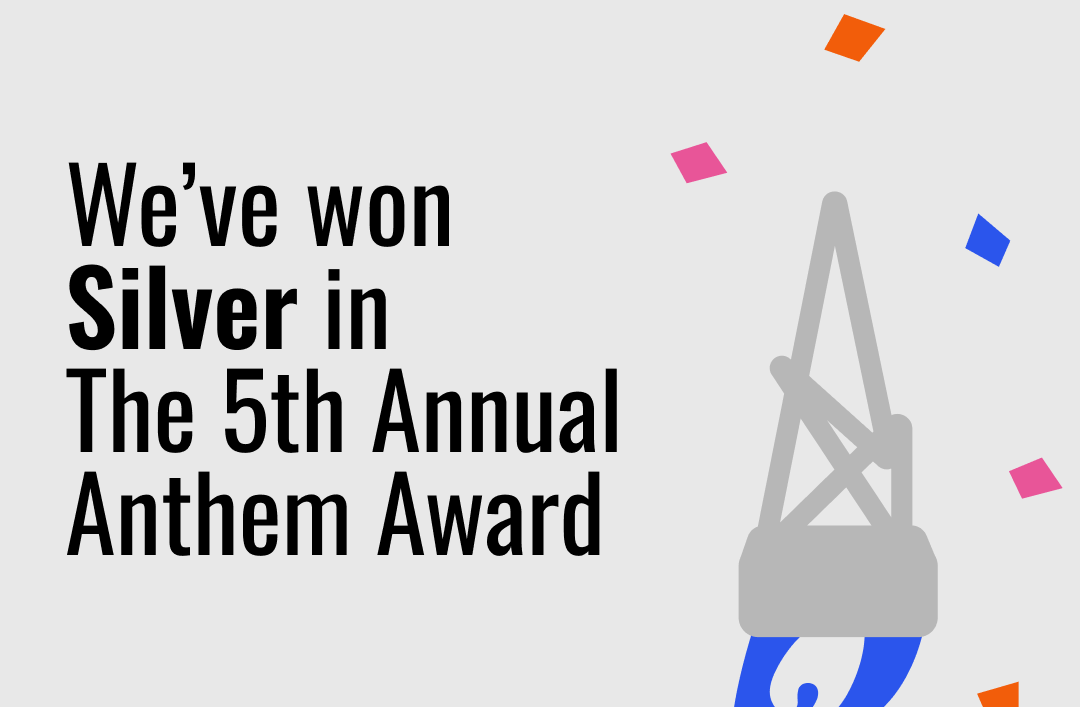This article has been adapted from Jonah's new book Unsafe Thinking: How to be Nimble and Bold When You Need It Most and first appeared on Quartz at Work.
Imagine that eight people walk into a meeting to discuss an important strategic decision for their company. They’re all well-versed in the challenge they face. But two members of the group hold some key piece of information or a perspective that not everybody has considered. Everyone knows, for example, about the major trends in the industry that the boss has been talking about for months. They’ve seen the slide that shows last quarter’s disappointing sales results a hundred times.
Only one person, however, knows about the recent moves of a competitor, while another has insights into an important emerging technology. The whole point of getting everyone into a room, it would seem, would be to make sure that new information comes to the surface so the best decision can be made.
In a workplace that values harmony and respect (and nearly all now do), that new information, sadly, will almost certainly get buried. That’s thanks to a pernicious and powerful quirk in group psychology called shared information bias.
Here’s what happens: in nice organizations, team members become highly attuned to each other’s feelings and short-term well-being. Individuals rightly assume that their survival and advancement is based as much on how nice they can be and how good they make others feel as on the results they produce.
So, what strategies do we use in this survival-of-the-fittest jungle of niceness? Evidence shows that that one of the best ways of making a group feel good and making your teammates see you as competent is to repeat and repackage information that everyone already knows. It makes you look smart and in-step with your colleagues even if you’re just rehashing the same thing that was said last week or by the person who spoke a moment ago. We intuitively know this, so most of us default to following this path. As the heads start nodding and the good feeling starts spreading, critical thinking starts shutting down. Team members who hold contrary or novel information even begin to experience a type of amnesia as the pull of agreeableness focuses their attention on what the group already knows and erases potentially unique contributions from their memory banks. At the end of one of these nice-fests, everyone reports feeling happy, even the person whose perspective was silenced without quite realizing it.
The cost of niceness
Good as it feels, this emphasis on niceness leads to poor decision-making and low levels of creativity by limiting the number of inputs a group will consider and diverting focus away from risk-taking and results. It also, surprisingly, reinforces cultural biases against women and people of color. This is ironic because “nice culture” is, in many ways, an outgrowth of attempts to make companies more inclusive and welcoming, a backlash against the hard driving, dog-eat-dog, exclusively white male workplaces of decades past. But niceness fails to increase equality, even making it worse.
The reason goes back to how shared information bias works. The unique information that gets squashed by it is most often held by lower status individuals—and in most companies these ranks are still disproportionately non-white and female. Everyone knows what the boss and top-level managers believe, so that’s what gets discussed. Those further from the centers of power risk more and have little to gain in terms of increasing group harmony by speaking up. So they don’t. To make matters worse, women, more than men, have been raised with cultural expectations that they will be always be nice, further silencing important but perhaps inconvenient contributions they might make.
Nice workplaces thus quickly become tyrannies of conformity and inequality. Perhaps your nice organization is different, but that would make it the rare exception. Once the expectation for harmony is set, very few companies make it clear that it’s acceptable to go against the grain when it’s needed. When Harvard’s Francesca Gino asked 1,000 people if they worked in companies that encourage nonconformity, 900 said no.
Redefining “respect”
For the sake of better performance, creativity and equality, it’s time for leaders to confront the nasty effects of niceness culture. We can start by defining “respect” as something different than uninterrupted harmony. We need a shared understanding that respect is shown when we invite and listen to someone’s unvarnished perspective, even when that perspective contradicts or weaken the positions of others. Even when those perspectives make the group less happy and comfortable.
The problem of shared information bias, automatic and invisible as it may be, can be conquered with some simple, well-studied techniques. Before a meeting starts, everyone should write down the key pieces of information they want to share. That way, team members can overcome the amnesia-effect of hearing dominant information simply by consulting their notes. Leaders should speak last, inviting those with unusual or unexpected information to speak first. And no meeting should end without everyone in the room being specifically invited to offer up what he or she knows. Such techniques don’t make time spent together easier but they do lead to far better creativity and performance.
Most importantly, it’s time we admit that there’s an aggressive nature inherent in workplaces that demand, directly and indirectly, that others will be nice. It says: “our comfort and feeling of safety is more important than your intelligence and expression.” Perhaps such demands increase the level of niceness in a company, but they are anything but kind.


.webp)

